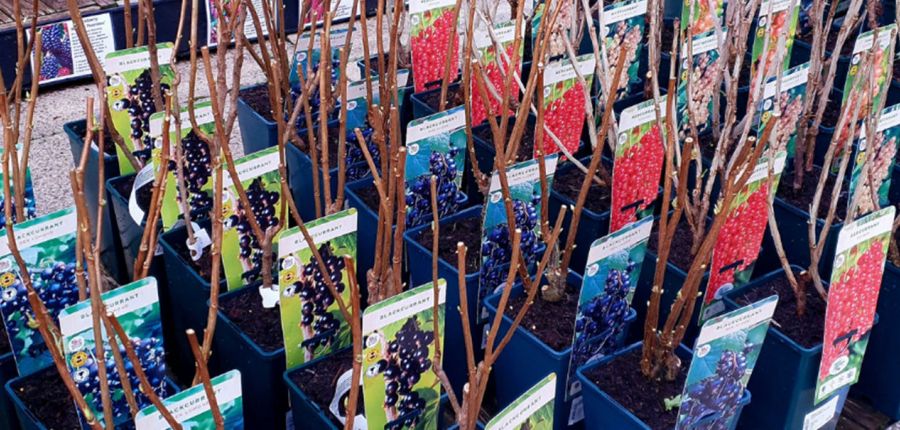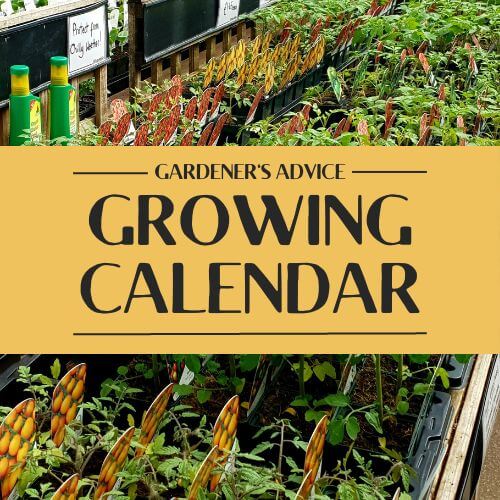Fruit bushes to plant now
Posted By: rocket veg Category: Plant Care, Seasonal AdviceLate autumn onwards is the best time to plant soft fruit bushes while they are in their dormant state, so if you have any plans to create ‘fruit corner’ on your allotment, or an underused patch in your garden, now might be the time to make a start. Definitions of soft fruit vary, but all agree that the plants produce small and thin-skinned berries: so, currants - black, red and white currants - gooseberries, raspberries, blueberries, as well as logan and tayberries all feature, not forgetting strawberries. What the dictionaries don’t seem to mention is that they all produce delicious, sweet and juicy fruit.
Planting soft fruit bushes
Location matters. Choose a sunny spot, although most types of soft fruit (except strawberries) will cope with a bit of light shade. Soft fruit bushes are happy in most types of soil – apart from blueberries which prefer an ericaceous mix - as long as it is free draining, but will retain moisture in times of drought. Soil which contains a lot of clay is pretty much a non-starter, so consider planting in a large pot or other suitable container. Planting is a straightforward task and like most garden-related jobs, begins with careful preparation of the soil – a bit of deep digging to remove large stones, weeds, especially the white-rooted, pernicious types (couch grass, bindweed and Co.). Now is a good time to dig in some well-rotted manure if you have any; failing that, some hummus-rich compost or similar soil improver.
Once you have prepared the ground, dig a hole which is at least twice the diameter of the root ball of the plant, then gently tease out the roots. Lower the plant into the hole you have dug, making sure that it sits a few centimetres lower in the ground than it was before. There is a good reason for this: species such as blackcurrant send out new shoots from the base, so planting deep encourages vigorous growth and better fruiting. Unless the soil is really moist and rain is forecast, water the new plant/s in as soon as they are in the ground.
Spacing for the main types of soft fruit bushes
Blackcurrants, redcurrants and whitecurrants. Over time and with a bit of care and attention, these will develop into sizeable bushes so allow plenty of space to avoid overcrowding and to allow the all-important light and air to reach every stem. Plant 5’ (1.5m) between plants and the same distance between rows.
Blueberries. Allow 4’ (1.2m) between plants, planting in acidic soil. If your soil is too alkaline, blueberries will do well in large containers filled with ericaceous compost.
Gooseberries. As for the ‘currant family’ (above). Space between plants is needed when it comes to harvesting to avoid being pricked too badly!
Raspberries. These differ from the above as the fruit is produced on ‘canes’ – some varieties (‘Autumn Bliss’) fruiting on the canes produced in the same season; others (eg. ‘Glen Moy’) fruiting on canes which grew the previous year. This may sound complicated, but there is a logic to it so don’t be put off. The sturdy canes of the autumn fruiting varieties are self-supporting in all but the most exposed of positions, whereas other varieties require a system of posts and wires for support.
Loganberries and tayberries: Require more space than most to stretch out their long shoots
Protecting your precious crop
Birds – especially pigeons on exposed sites, such as allotments – love soft fruit when it ripens, so some kind of protection is pretty much essential if you want to enjoy your harvest of wonderful, juicy berries. Netting is the obvious solution, anything from a makeshift covering thrown over when the fruit buds first develop, to the grandest of fruit cages.







